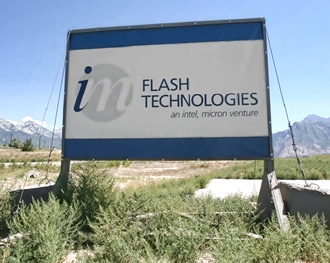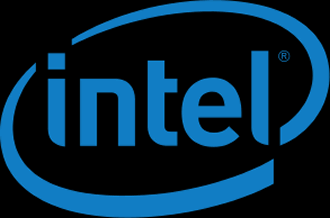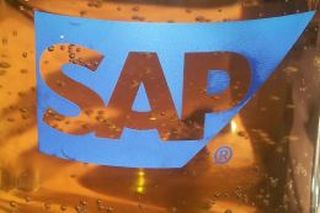 Chipzilla has said that it is shrinking PCs to thumb-sized “compute sticks” that will be out next year.
Chipzilla has said that it is shrinking PCs to thumb-sized “compute sticks” that will be out next year.
The stick will plug into the back of a smart TV or monitor “and bring it intelligence to that,” claimed senior vice president and general manager of the PC Client Group Kirk Skaugen.
A device the size of a USB stick was shown on stage, but its capabilities were not demonstrated, so we will have to take Intel’s word that it was not a thumb drive Skaugen picked up and waved around before the press conference.
Although, to be fair, the technology is already in the marketplace. Skaugen likened the compute stick to similar thumb PCs offered by PC makers with the Android OS and ARM processor.
Dell’s $129.99 Wyse Cloud Connect, plugs into an HDMI port, can turn a screen or display into a PC, gaming machine or streaming media player.
Skaugen claimed the devices will be an extension to laptops and mini-desktops, which have Core desktop processors in small PCs that can be handheld.
Normally these thumb sized PCs do not have internal storage, but can be used to access files and services in the cloud. The Wyse Cloud Connect has wi-fi and Bluetooth.
Skaugen thinks that the market for such devices is in the tens of millions of units,. The compute stick will bring x86 computing to fanless designs.
Intel makes low-power Atom processors for mobile devices, which could fit into thumb-sized PCs.



















